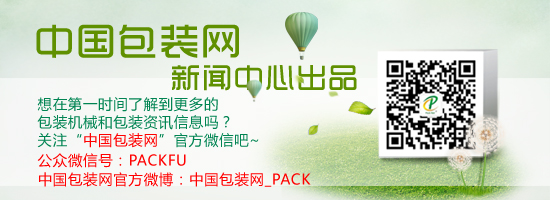Hollywood often tells us how high the production cost of the film is, so we are impressed with the efforts of the studio to make the audience feel refreshed.
So, I was very surprised when I learned that companies have spent hundreds of thousands to millions of dollars making prototypes when developing printed electronics. These figures come from a survey conducted by IDTechEx on printed electronics manufacturers around the world.
As we all know, some packaging developers and engineers need to conceptually prove emerging technologies to avoid risks. But how long is the time period corresponding to "emerging"? In 2008, I was doing articles on the use of printed electronics for packaging applications. One example is the brand-name cigarette cartons from British American Tobacco. One panel of its reusable package is printed with conductive ink that displays a scrolling message when sensed.
After six years have passed, in my opinion, the number of commercial packaging applications is still very low. However, I can see the rapid changes - these changes may happen instantly.
IDTechEx surveyed end users and asked them about their needs for printing electronic devices. The answer is very instructive.
More brand owners are seeking to print electronic device programs and are responsible for them. No surprise. At present, most of the work is done in secret to protect intellectual property (IP) and ensure competitive advantage. IDTechEx’s report said, “Many users have seen that printed electronics devices are adding value through differentiated products and interactions.â€
Here are the other two insights from this study:
1. "The end user himself does not want to be an integrator. They want to see a complete solution or prototype that they think is lacking in this industry." (The huge investment mentioned above is (appears to be) more reasonable now. Now.)
2. "(Current) technical performance is lower than people's expectations because of the possibility of cost reduction: Many people are starting to use simple devices, and find that complex devices are too complex."
Recently, an agreement between T+ink (leader of conductive ink technology, Edison Award winner) and Sun Chemical (world's largest ink manufacturer) appears promising, addressing performance and cost issues. In terms of partnerships, they have formed the T+Sun echelon to develop new conductive ink solutions that aim to attract consumers through interactive packaging and help manage inventory systems.
Terry Kaiserman, Chief Technology Officer at T+ink, explained that conductive inks “provide more security than QR codes†and replace RFID with their low cost advantages.
When asked how conductive inks provide greater security than QR (quick-reaction) codes, Kaiserman introduced the company's Touchcode technology, which can be detected and validated through the smartphone's capacitive screen. He said: "Touchcode conductive ink printing content is difficult to be copied by counterfeiters, and QR code can be copied or reproduced by anyone. Touchcode technology is embedded in printed content in packaging printing or container manufacturing. It is invisible on the packaging. ."
When asked about the cost ratio of conductive ink to RFID, he reiterated that "the cost of conductive ink is only a fraction of the cost of RFID, depending on the type of package, substrate, and ink formulation."
If you are not yet impressed by the progress of printed electronics, wait! The next high-impact, cost-effective wave of packaging applications will certainly be able to get you -- and consumers' attention.
Oh, remember the 2008 Kent cigarette carton packaging example? It is a T+ink project.

,
Rubber Pet Toy Co., Ltd. , http://www.sztoygift.com